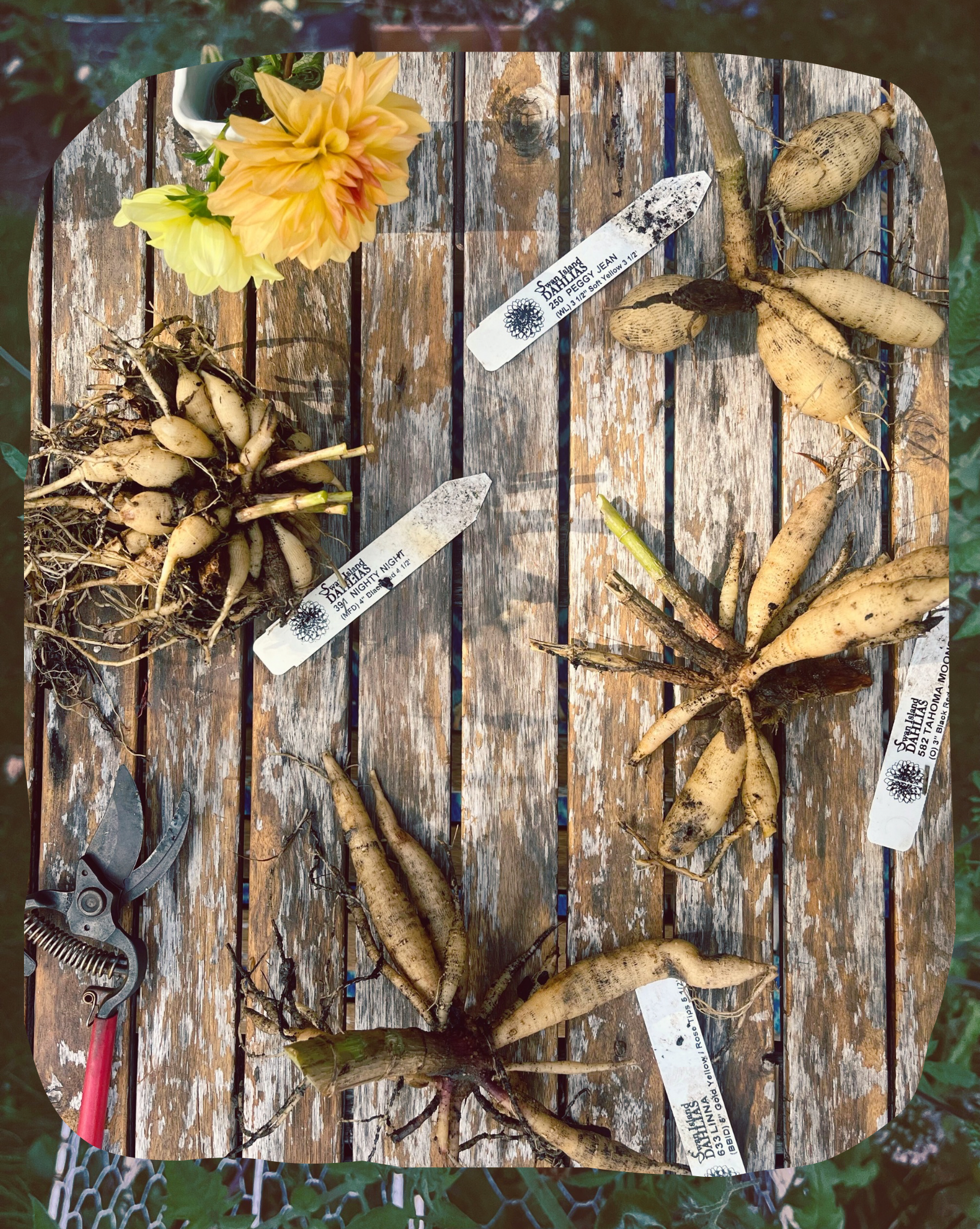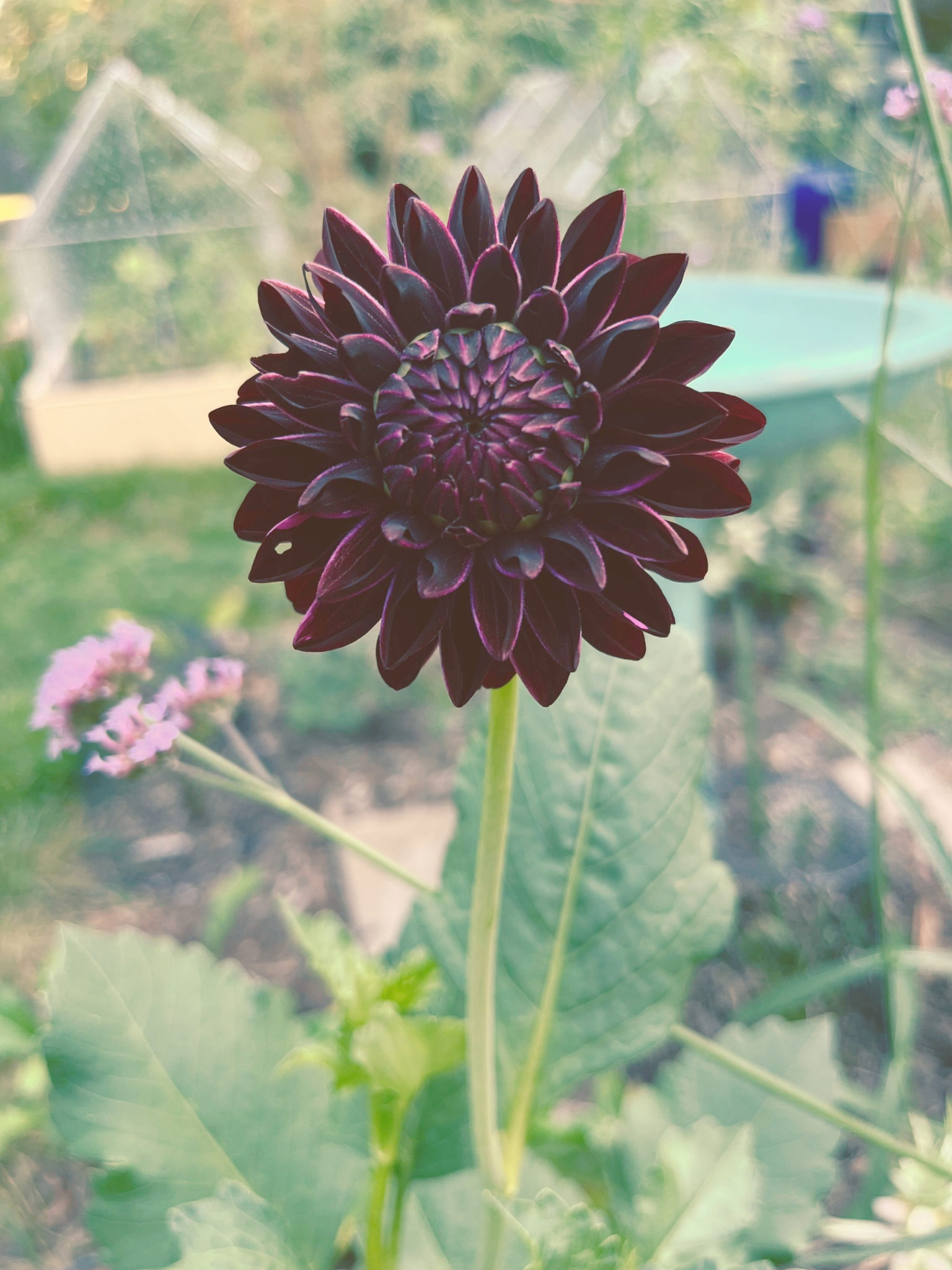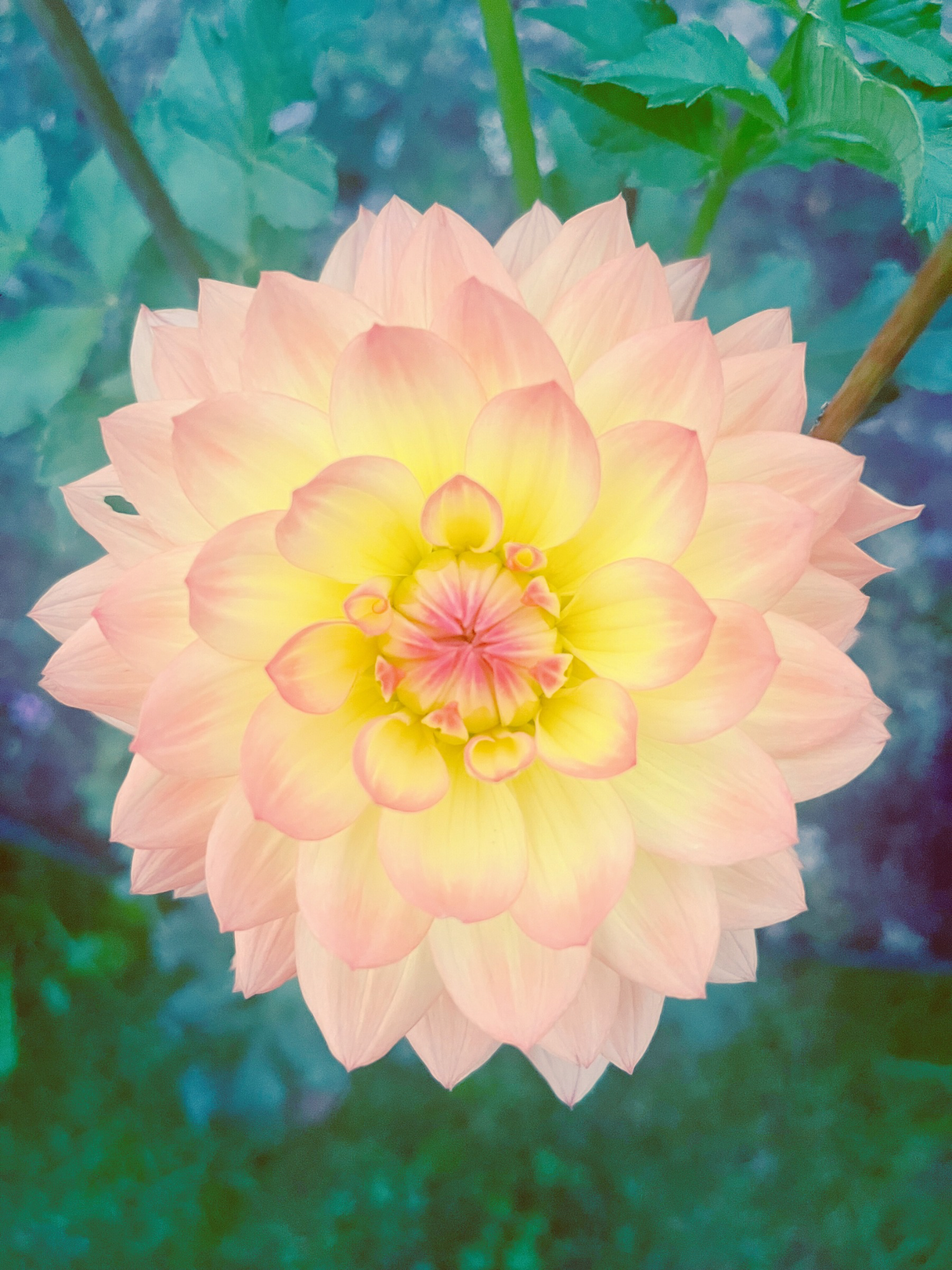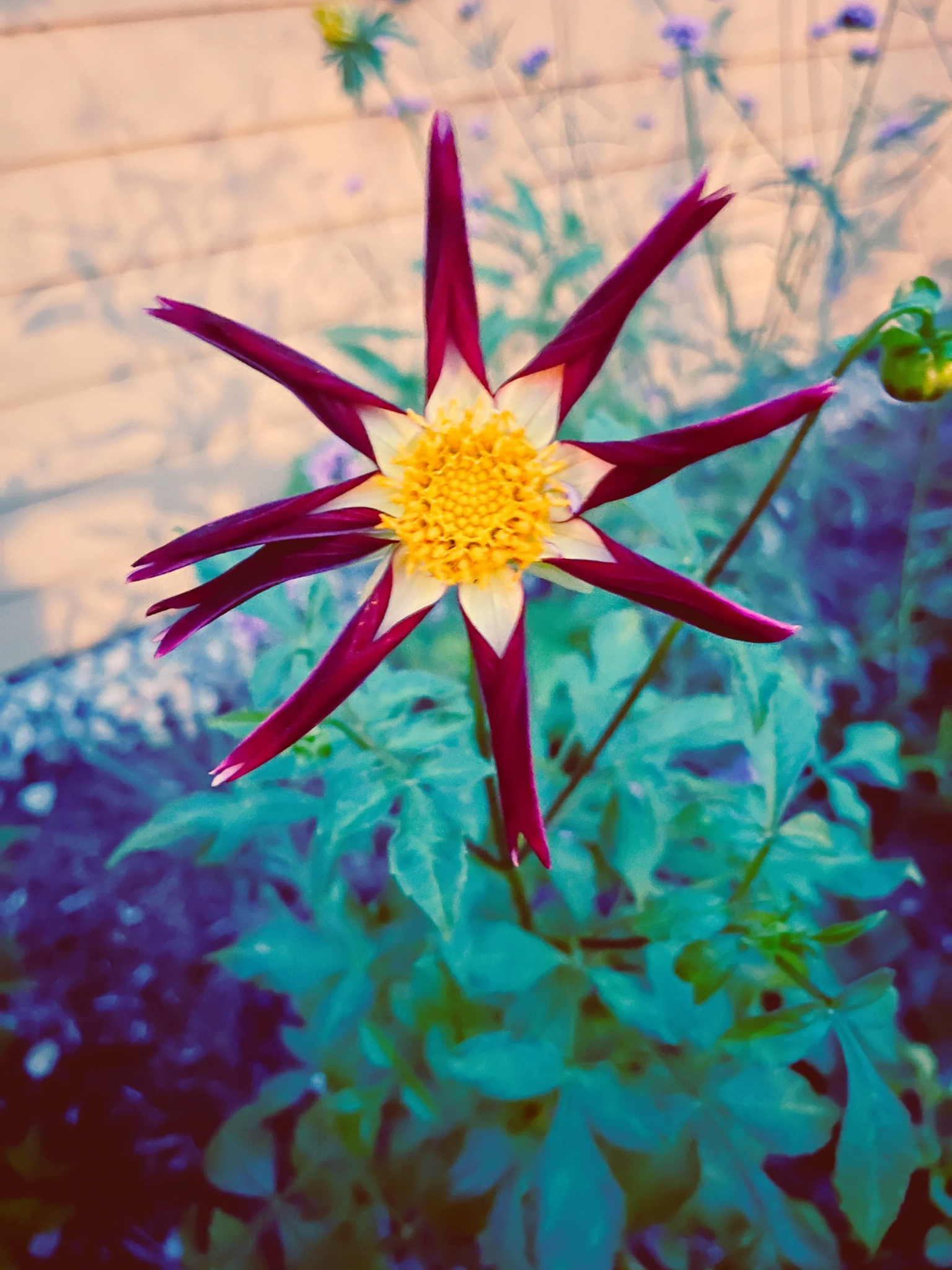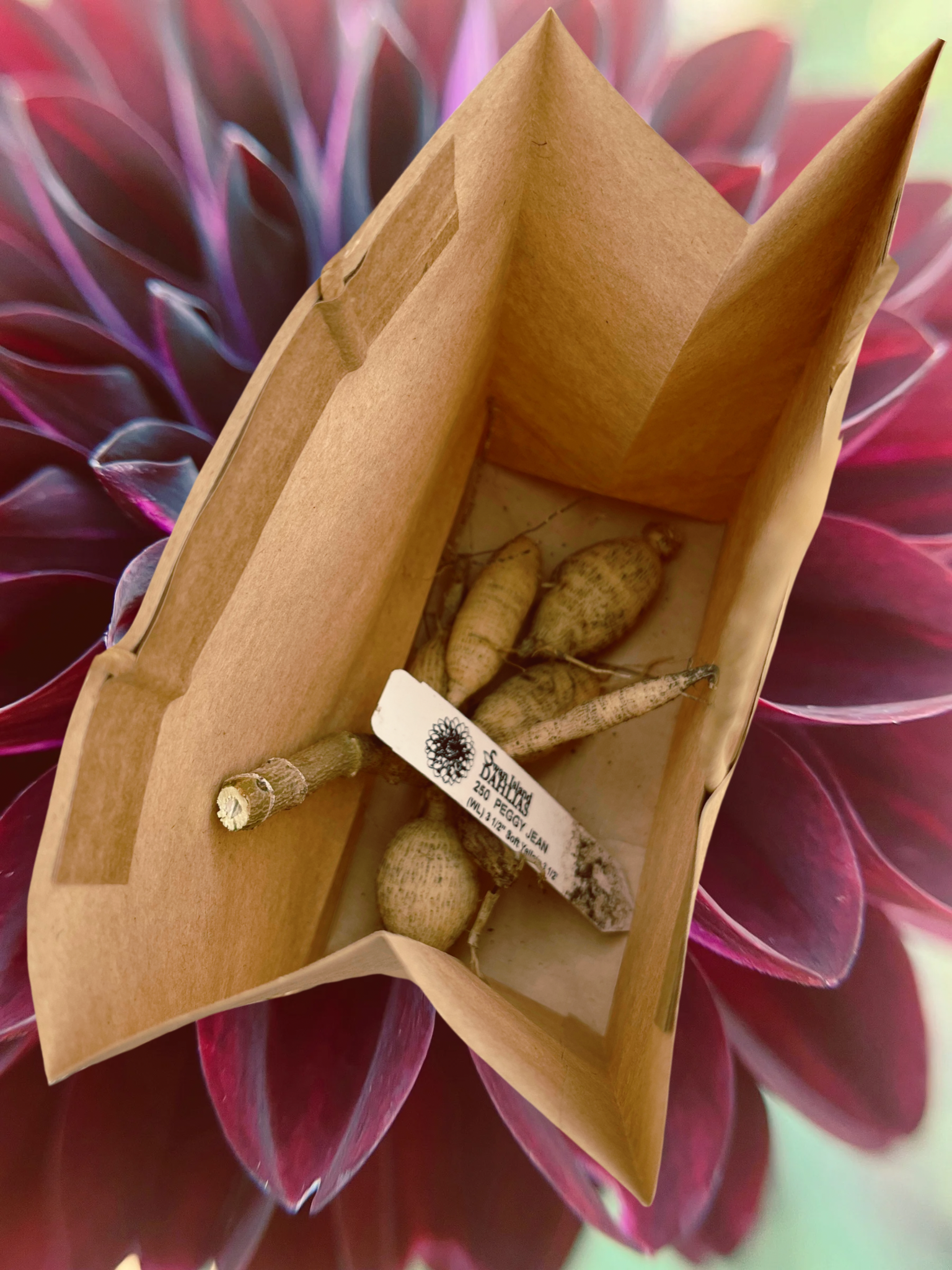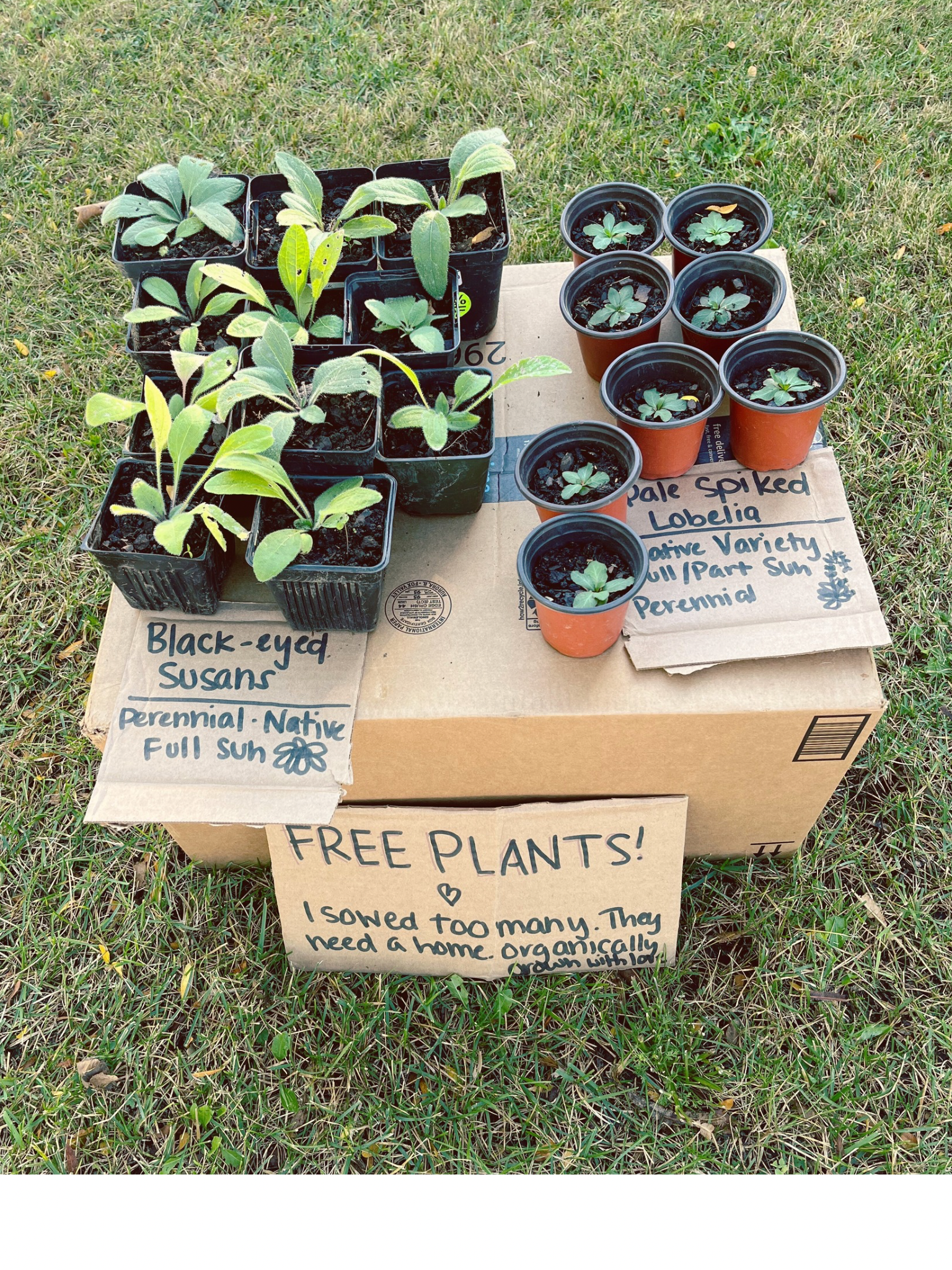How to have your Dahlias and keep them too! 8 simple steps for overwintering these tubers
I fell in love with Dahlias at the Swan Island Dahlia Festival in Canby, Oregon. This was before I really became a gardener. At the time, I was an apartment dweller and didn’t have access to ground where I could sink a shovel. My apartment was north facing, so Dahlias were out of the question even on a balcony.
But back to the festival, blanketed acres of color, geometric wonder, and vibrancy overwhelmed me in the best way. When I thought I’d picked a favorite, my head turned and another would take its place. The large lionesses bigger than my head stunned my pea brain. And the tiny lollipops bragged about their precise geometry and gave order to my chaos. I knew then that if I ever had a garden, it would require Dahlias.
I generally try to stick to native planting, and about 60% of the time, I am successful. But fuck. I am a major sucker for some of those heavy hitting foreign plants. A snow drop in late winter thaws my cold heart. A chorus of cheerful daffodils sing the winter blues away. A velvety tulip reminds me that Mother Nature invented beauty and I am at the source. The brief and seductive dance of the Bearded Iris is only surpassed by its scent (seriously don’t get an Iris if it doesn’t have a scent). And Dahlias. How can I resist a Dahlia? I could stare at them for ages and never lose fascination. They are almost testing the limits of natural beauty, daring us to believe they aren’t real. So, you understand, I must have them.
So if you’re like me, here’s how to have them even in the colder zones (at or lower than zone 8). Dahlias are considered a tender perennial. This means that they can come back every year but they cannot stand sub freezing temps. That rule is not hard and fast. When I lived in Oregon, they could reliably come up after some light winter freezes. The Portland area doesn’t get that cold over winter, but every once in a while, a cold snap happened. Still, the Dahlias would emerge. It helped that I had well-draining soil.
But in Chicago? That will be a hard no for them. So what’s a cold-zone gardener to do? Well, we “lift them.” That is, we dig them up before the first frost, store them somewhere dry and protected overwinter. Somewhere not too cold but not too warm (like an attic or knee wall, some do a garage, but mine would be too cold).
Here’s my process. It has served me and the Dahlias well:
Keep an eye on the weather, particularly overnight temps. If I see anything at or below 32F, I’ll plan to lift the Dahlia’s a day or two before the projected frost. I like to keep them in the soil as long as possible so the roots can continue to eat up nutrients.
Cut off any remaining flowers and put them in a cute vase
Cut off the remaining stem as close to the ground as possible.
With a spade, dig out the roots. Don’t strike too close to the plant or you’ll slice through the roots.
Once the root ball is out, wash them thoroughly with the hose. If you’ve kept the label, keep it with the appropriate root ball, especially if you’re digging up multiple varieties.
Let them dry for an hour or two, or however long it takes for them to feel dry to the touch.
Now this is where everyone has their own methods. I’ve seen people wrap them in newspaper and put them in a crate. You could put them in sawdust. Personally, I’ve tried a few ways. When I pull them back out in the Spring, the roots have all been fine with whatevs. So i choose to make it easy. I put each root in its own wee paper bag, and put all those small bags together into a bigger paper grocery bag.
I add a label so my husband knows not to accidentally throw out the bag. I pop it in a knee wall and that’s that until the Spring!
Now we can all have our Dahlias and keep them, too!

